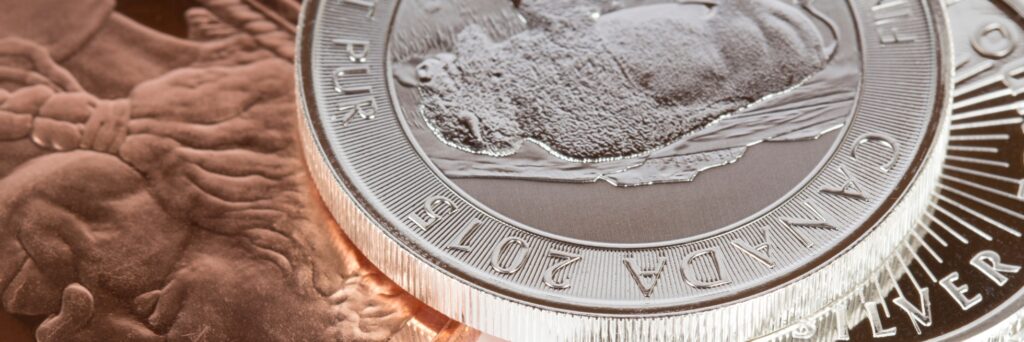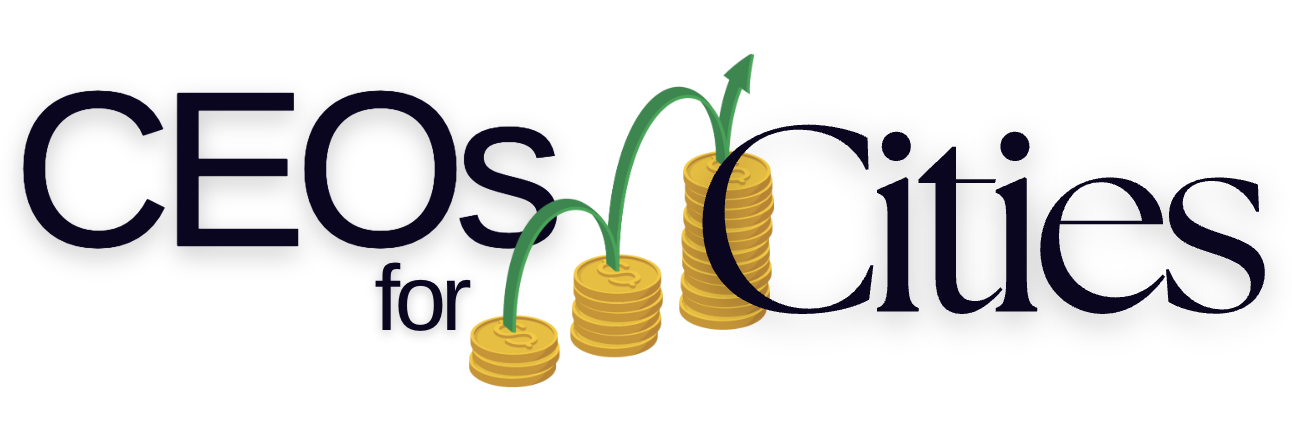How to Open a Gold IRA in Four Easy Steps

If you consult a trusted financial advisor about reducing risks in your investment portfolio, the recommendation is almost always the same: diversify your assets.
Gold has intrinsic value, and it holds its worth during economic slumps and rising inflation. For this reason, opening a gold IRA provides a good way to diversify your retirement savings with a liquid physical asset. This makes it an attractive option for investors aiming to protect their wealth when traditional investments, such as stocks or bonds, lose value.
However, opening a gold IRA involves unique challenges, including navigating custodians and intricate procedures. In this guide, we’ll simplify the process by clearly explaining each step needed to set up your own gold IRA. Let’s get started.
Steps for Setting Up a Precious Metals IRA
- Choose a Self-Directed IRA Custodian: Select a trusted, IRS-approved custodian experienced in managing self-directed IRAs. They will handle the setup and ongoing administration of your gold IRA.
- Set Up the Account: Collaborate with your custodian to open the self-directed IRA, completing all required paperwork accurately.
- Fund the Account: Transfer money from an existing retirement account or contribute new funds to cover the cost of purchasing eligible precious metals.
- Buy IRS-Compliant Precious Metals: Purchase gold or other metals that meet IRS purity requirements, working with your custodian to arrange secure storage in an approved facility.
Definition of Gold IRA
A gold IRA, sometimes called a precious metals IRA, is a self-directed IRA. It’s a specialized individual retirement account that permits investment in physical gold, silver, platinum, and palladium as part of your retirement portfolio.
Gold IRAs operate much like traditional IRAs, but instead of holding stocks, bonds, or mutual funds, they contain precious metals. Both account types can be funded with pre-tax dollars, which lowers your taxable income for the year of the contribution.
If you qualify, you can also opt for a Roth gold IRA, funded with after-tax dollars, similar to a standard Roth IRA. While these contributions don’t offer immediate tax deductions, they allow for tax-free withdrawals in retirement, covering both your contributions and any investment growth.
For centuries, gold has been viewed as a reliable store of value, maintaining its worth even during economic turbulence. Unlike currency, which can lose purchasing power in tough times, gold often attracts investors seeking stability.
By opening a gold IRA, you gain direct ownership of physical precious metals, assets that typically hold their value over the long term.
Selecting a Trustworthy Gold IRA Custodian
The first critical step in establishing a gold IRA is choosing a reliable custodian to guide you through the account setup process.
Their primary role involves managing and completing all necessary paperwork, such as the account application, beneficiary forms, and other required documents.
Beyond setup, the custodian ensures your account complies with IRS rules and regulations. Once the account is active, they assist in selecting suitable precious metals for investment and coordinate the secure storage of these physical assets in IRS-approved facilities.

Since the custodian plays a central role from start to finish, thorough research is essential. Focus on custodians with a proven history in the industry and check reviews from past and current clients to gauge their reputation.
You should also verify that your shortlisted custodians are overseen by relevant regulatory bodies. In the U.S., a reputable custodian should be accredited by organizations like the Better Business Bureau (BBB) and hold a valid operating license. For a list of top-rated gold IRA custodians, consider researching trusted sources.
Opening Your Gold IRA Account
After selecting a custodian to oversee your account, the next step is for them to initiate the account setup. Always research thoroughly before finalizing your decision. The gold IRA company will handle all required documentation for your account.
Decide on Your Account Type
Before moving forward, you need to choose the type of retirement account you want to open. Precious metals are typically held in a self-directed IRA. Be wary of any company proposing a different account type, as this could be a red flag for potential scams.
Filling Out the Application
The company you select will provide an application, which will ask for identification, proof of address, and employment information. Unlike a 401(k), a self-directed IRA can be opened by individuals who are self-employed.
Account Creation Process
Once your application is approved, the gold IRA will be established under your name. Reputable gold IRA companies like Augusta Precious Metals often charge a one-time setup fee. You may also face annual maintenance fees and, in some cases, transaction fees if you use a credit card for payments.
Timeframe for Setup
The process of setting up your gold IRA may take up to two weeks, depending on the efficiency of the custodian and the gold IRA company you choose.
Choosing Your Gold IRA Investments
The next step, and one of the most engaging, is picking the precious metals to include in your gold IRA. Before you dive in, it’s important to know that the IRS sets strict purity requirements for metals eligible for a gold IRA.
These requirements specify minimum fineness levels for each type of precious metal. Here’s a breakdown:
- Gold: Must have a minimum fineness of 0.995, meaning it needs to be 99.5% pure.
- Silver: Requires a minimum fineness of 0.999, or 99.9% purity.
- Platinum: Must meet a minimum fineness of 0.9995, equivalent to 99.95% purity.
- Palladium: Like platinum, it requires a minimum fineness of 0.9995, or 99.95% purity.
In addition to purity standards, the IRS restricts eligible precious metals to those produced by specific national mints, such as those in the United States, Canada, Australia, and the United Kingdom. For a complete list of approved mints, visit the IRS website or contact them directly.

As an investor, you’ll also need to decide between coins and bullion for your portfolio. Coins are widely recognized and easier to buy or sell. Bullion, however, often comes with lower premiums compared to the metal’s spot price and is simpler to verify for authenticity and purity.
Funding Your Gold IRA
Before deciding which coins or bullion to invest in, let’s explore how to fund your gold IRA. You have two primary options for adding money to your account.
Rollover or Transfer from an Existing IRA or 401(k)
The most common method is transferring or rolling over funds from an existing IRA or 401(k) into your new gold IRA. This process is straightforward, as the custodian of your current IRA and your gold IRA custodian will coordinate the transfer. Simply inform your current IRA custodian of your intent to move funds and connect them with your gold IRA custodian to start the process.
Be cautious, though: if the transfer isn’t handled according to IRS rules, it could be treated as a taxable event. To avoid penalties or income taxes, the funds must not pass through your hands, as this could be considered an early withdrawal.
Direct Contributions Using Personal Funds
Alternatively, you can fund your gold IRA with personal contributions. If you choose this route, ensure you stay within the IRS annual contribution limits for gold IRAs to avoid penalties.
No Home Storage Allowed: Understand the Storage Requirements
As a gold IRA owner, you can choose where your physical precious metals are stored. Your custodian will provide a list of IRS-approved depositories, which are secure facilities with a strong history of safely storing precious metals.
These depositories are distinct from standard bank vaults and are specifically designed to hold IRA precious metals.
In the past, investors could store their precious metals at home. However, the IRS now prohibits home storage due to security concerns. Approved depositories are far more secure, ensuring your metals remain inaccessible until you reach retirement age.

You’ll also choose between two storage options: segregated or non-segregated (commingled)
- Segregated Storage: Your metals are stored separately from those of other investors, offering greater security and peace of mind. This option may cost more but reduces the risk of mix-ups.
- Commingled Storage: Your metals are stored alongside those of other investors, which is typically less expensive but carries a slight risk of assets being misplaced.
Monitoring and Managing Your Gold IRA
Your custodian plays a key role in keeping you informed about your account. They provide regular updates and detailed reports on your assets’ performance and current value, helping you decide whether to keep or sell specific holdings.
Additionally, a representative from your gold IRA company can offer valuable insights. They can assess your portfolio and suggest adjustments based on current market prices for precious metals, ensuring your investments align with your goals.
Gold prices can fluctuate significantly, so it’s wise to periodically review and rebalance your holdings. This strategy helps maintain a robust portfolio, minimizing risks while working toward your retirement objectives.
Tax Implications of a Gold IRA
A gold IRA is designed to promote tax-deferred growth for your investments. With a traditional gold IRA, contributions are tax-deductible, meaning the amount you contribute reduces your taxable income for that year. This allows your precious metals to grow tax-free until you start taking distributions.
After-Tax Contributions for a Roth Gold IRA
In contrast, a Roth gold IRA is funded with after-tax dollars, so you don’t receive an immediate tax deduction. However, this account offers significant long-term benefits, as withdrawals in retirement are tax-free. This includes both your original contributions and any investment gains, making it a powerful option for tax-free growth. Be sure to read about the benefits of gold IRA in our recent article if you haven’t already.
Penalties for Early Withdrawals
Be cautious about withdrawing funds early from either type of gold IRA. If you take money out before age 59½, you may face a 10% early withdrawal penalty plus income taxes. This rule also applies when transferring funds from an existing IRA to a gold IRA, though certain exceptions exist for individuals meeting specific criteria.
Conclusion
Setting up a gold IRA might feel overwhelming at first, but with the right information, it’s a straightforward process. Partnering with trustworthy gold IRA companies and custodians can simplify the journey. Stay proactive by monitoring their actions, following their guidance carefully, and reviewing their fee structures to steer clear of potential pitfalls.
It’s also essential to understand the tax rules and penalties tied to gold IRAs at every step. Ultimately, a gold IRA is a valuable tool for diversifying your portfolio, reducing risks, and pursuing stronger returns as you approach retirement.
